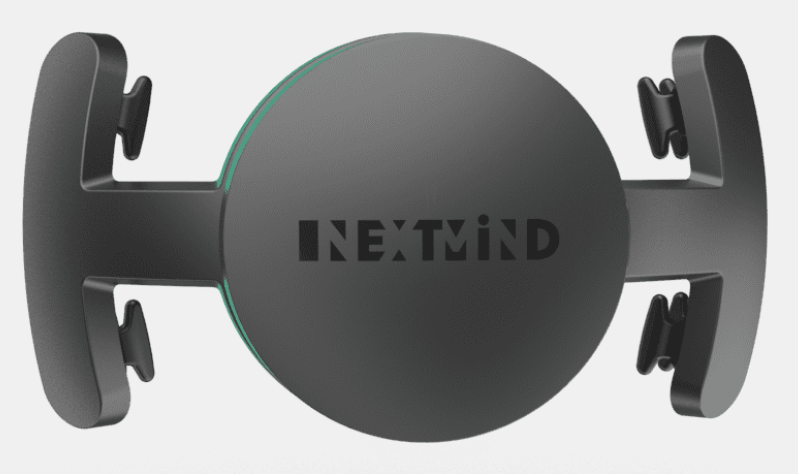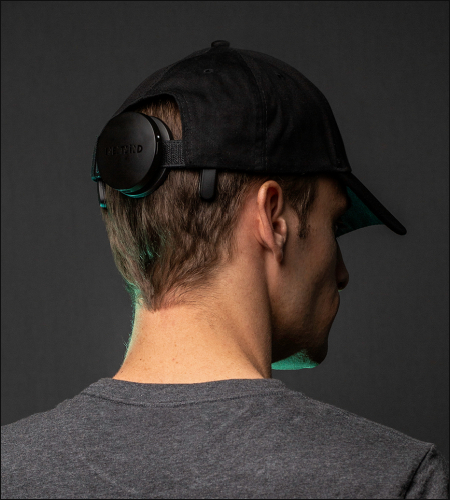March 23, 2022 – Snap Inc., the company behind the popular augmented reality (AR) social app Snapchat, has today announced that it has acquired NextMind, a Paris-based neurotech company. According to Snap, it acquired NextMind in order to help drive its long-term augmented reality research efforts within Snap Lab. The NextMind team will continue to operate out of Paris.
Snap Lab is Snap’s cutting-edge hardware team, focused on building devices that advance Snap’s AR platform. Snap Lab’s programs explore possibilities for the future of the Snap Camera, including Spectacles. Commenting on Spectacles, Snap noted that the device is “an evolving, iterative research and development project”, with the latest generation being designed to support developers as they explore the technical bounds of augmented reality.
Before joining Snap, NextMind developed non-invasive brain computer interface (BCI) technology in order to enable easier hands-free interaction using electronic devices, including computers and AR/VR wearables and headsets. This technology monitors neural activity to understand a user’s intent when interacting with a computing interface, allowing users to push a virtual button simply by focusing on it.

The purchase marks a further solidification of Snap as a key player in the future AR wearables market. The implementation of BCI technology into any sort of compact and every day form factor still seems a way off, but progress is definitely being made in the field. BCIs presently require a number of electrode sensors to be in contact with a user’s scalp, in order to accurately read brain activity.
However, the number of required sensors is being reduced. For example, companies such as Neurable were stating in 2019 that they had reduced the number of required sensors on a typical electroencephalography (EEG) system from 64 to 6.
NextMind’s own technology, which comes in the form of its ‘NextMind Sensor’, uses non-invasive EEG technology to detect electrical signals from the brain. The BCI then translates this brain activity into digital commands, allowing for the control of visual interfaces in real time. The NextMind Sensor comes in a puck-sized form factor that can be attached to the back of a user’s head, and features a clip-on system that makes it compatible with headbands, hats, and AR/VR headsets.

Brain-computer interfaces will enable a world where users will be able to communicate beyond the limits of today’s computer interfaces. For example, users will be able to send a text by thinking instead of typing, or navigate through apps in the same way, essentially using our thoughts to interact with our devices. For something like AR smart glasses, this sort of approach to controlling functionality actually makes more sense, as it would mean a wearer can have an entirely hands free (and voice free) interaction with the technology.
Snap was clear in pointing out though that BCI technology does not “read a user’s thoughts”, nor does the technology send any signals towards the brain. Still, this is one argument that some skeptics have against the use of connecting our brains directly to our devices through technology such as BCIs. It is not impossible to imagine a future in which corporations decide to utilize the information from a BCI-enabled wearable to determine a user’s mood or mental state to some extent, in order to offer up appropriate advertising (e.g. “Feeling sad? Buy some ice cream”, or “feeling restless? Why not book a holiday”).
Hopefully, BCI technology will only be used for the benefit of users. In a company blog post on the announcement, Snap stated: “We’re looking forward to working with NextMind to overlay computing on the world and improve the way that technology can serve humanity.”
For more information on Snap and its augmented reality technology, please visit the company’s website. To find out more on NextMind and its BCI technology, click here.
Image / video credit: NextMind / YouTube
About the author
Sam is the Founder and Managing Editor of Auganix. With a background in research and report writing, he has been covering XR industry news for the past seven years.
